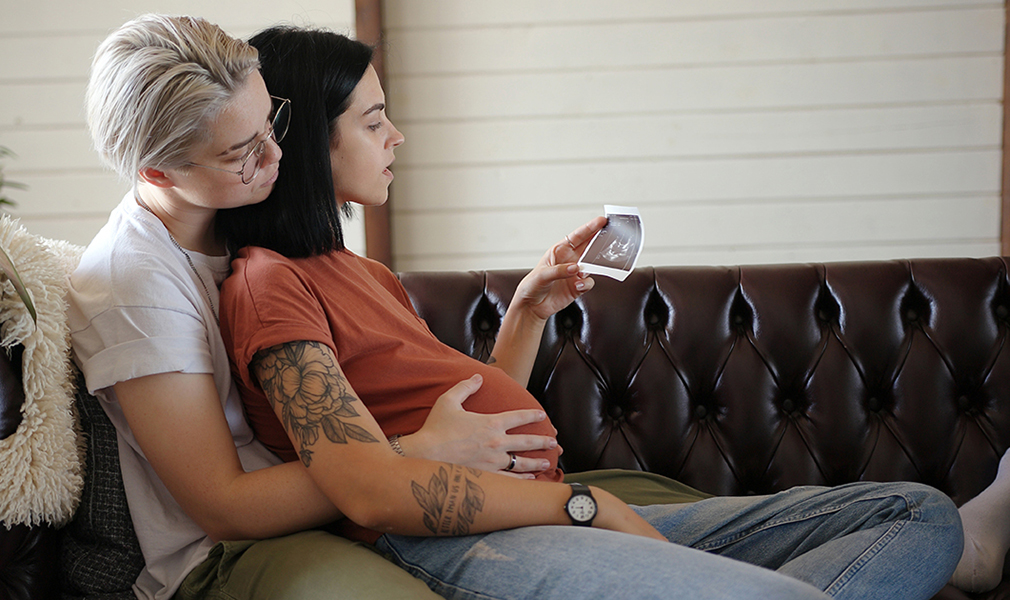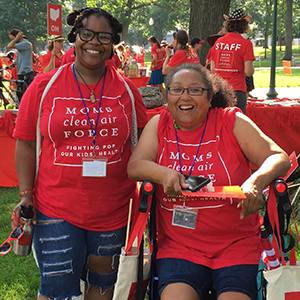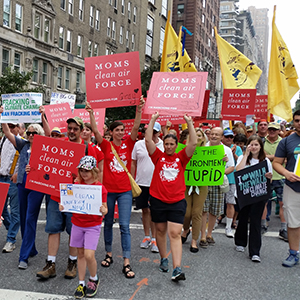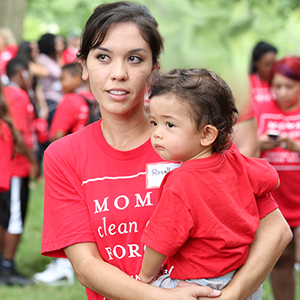
Almost 20 years ago, newly pregnant, I researched my first book, The Complete Organic Pregnancy, as my bump swelled. Everything about that time was magical. I could just be sitting around ostensibly doing nothing—typing at my computer—but I was actually growing eyes, ears, limbs!
It was thrilling.
Less thrilling was my environmental health learning curve. I discovered as I waded through study after dense study that babies are exposed to pollution before they take their first breath. This was—and remains—so jarring and upsetting. How is this even possible? Yes, the world we live in is increasingly polluted, but isn’t the placenta supposed to protect the baby from growing harm? Isn’t that literally its biological purpose?
I learned all about how the placenta does and does not protect babies from harm.
I guess its shortcomings shouldn’t have come as such a shock. We do already know substances can and do cross the placental barrier, including drugs (illegal ones, plus prescription and also over-the-counter medications), nicotine, and alcohol. Some bacteria and viruses can also pass through, and while many have no effect, others can harm a developing baby, like malaria, herpes, and more. The placenta is a critical organ; we already know complications abound when it doesn’t develop normally, including poor fetal growth and preeclampsia. That’s why my doctor was always checking for high blood pressure.
This was several decades ago. My tiny book muse just celebrated her 18th birthday! And in the years since I incubated my daughter, acting as her first environment, placentas are now battling even more chemicals than before. The scientific community is really just starting to study and understand which environmental pollutants can cross this barrier and how they impact babies.
We already know about heavy metals. This is why fish contaminated with mercury aren’t a good food source for pregnant people. No amount of exposure to mercury is safe; it damages a baby’s developing brain and nervous system. In the U.S., the biggest source of mercury pollution is coal-fired power plants. Harmful heavy metals like lead and cadmium can also cross the placenta.
And we’re learning more and more daily about exposure to air pollution in the womb, which can put babies at increased risk for asthma and even high blood pressure.
Nowadays, we’re also learning about the hidden health costs of plastics. Microplastics have been found for the first time in the human placenta. And we’re gaining deeper understanding of what endocrine-disrupting chemicals (EDCs) as well as per- and poly-fluoroalkyl substances (PFAS), used in everything from water- and stain-resistant fabrics to nonstick cookware, can do when they cross the placenta. It’s not pretty.
Exposure to pollutants during pregnancy through breathing and ingestion has been associated with impaired fetal growth, thyroid dysfunction, neurological disorders, and an increased risk of a wide variety of adverse birth outcomes. Pollutant exposure while pregnant is an environmental justice concern too. In the United States, Black women of all income and education levels are two to three times more likely to die from pregnancy-related complications than white women. They’re also more likely to live near polluting facilities.
So what are pregnant people supposed to do? There are simple steps we can all take to reduce exposure to potential health harms in our diets and homes when pregnant, along the lines of how we limit exposure to cigarettes and alcohol. We’ve compiled them, along with a refresher on the placenta’s role, and information about various pollutants in our latest fact sheet, PREGNANCY, THE PLACENTA, AND POLLUTION. Give it a read.
Ultimately, it’s not up to individual parents to attempt to protect babies from being exposed to pollution before they are even born. Join Moms Clean Air Force to advocate for stronger protections against air pollution and toxic chemicals. A baby’s first source of nourishment—the placenta—should be free from every kind of harm.
TELL PRESIDENT BIDEN & EPA: MOVE QUICKLY TO FINALIZE STRONG POLLUTION PROTECTIONS




